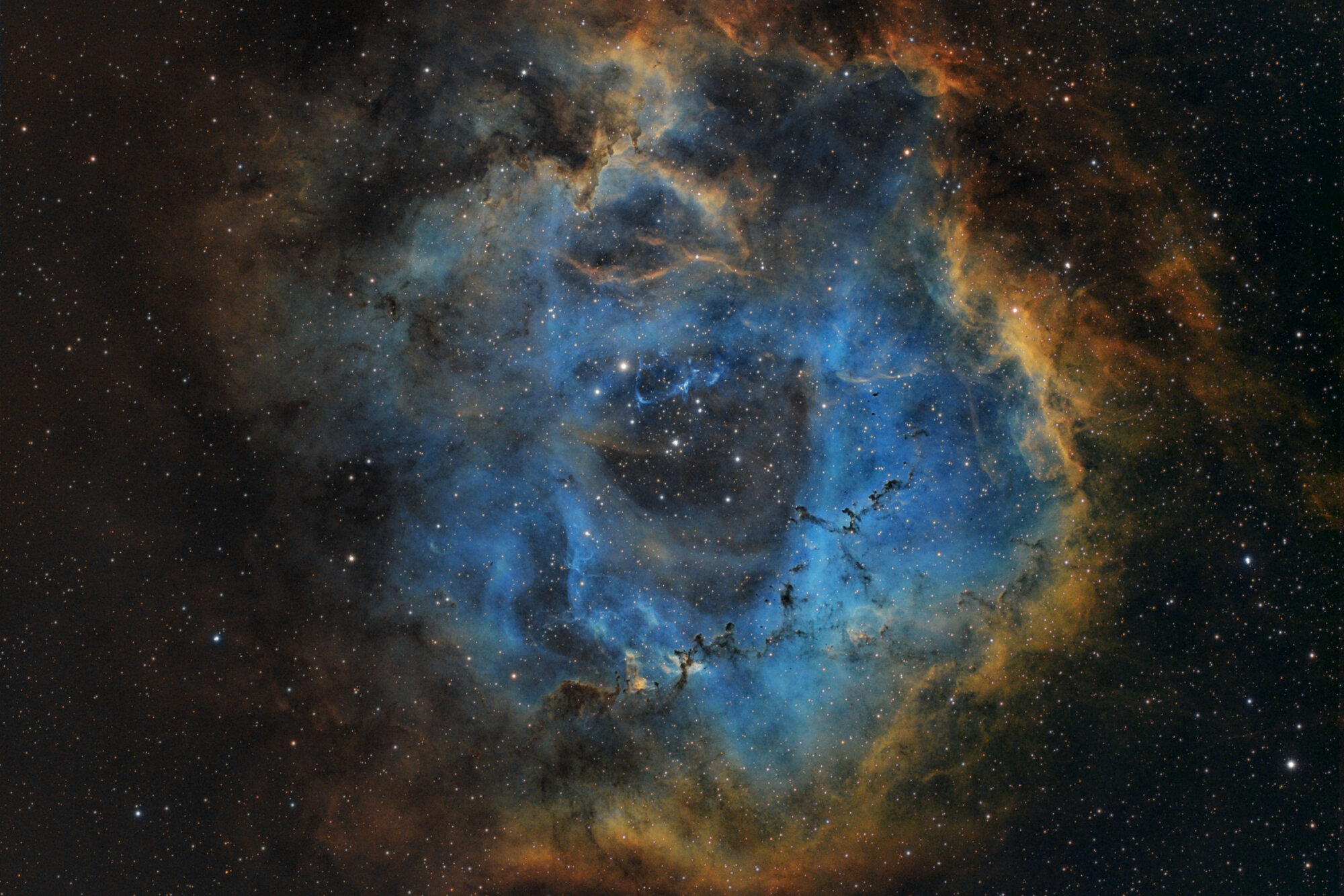
Blog
Articles on workflow and processing, experiences with equipment, or just general stories related to astronomy or astrophotography.
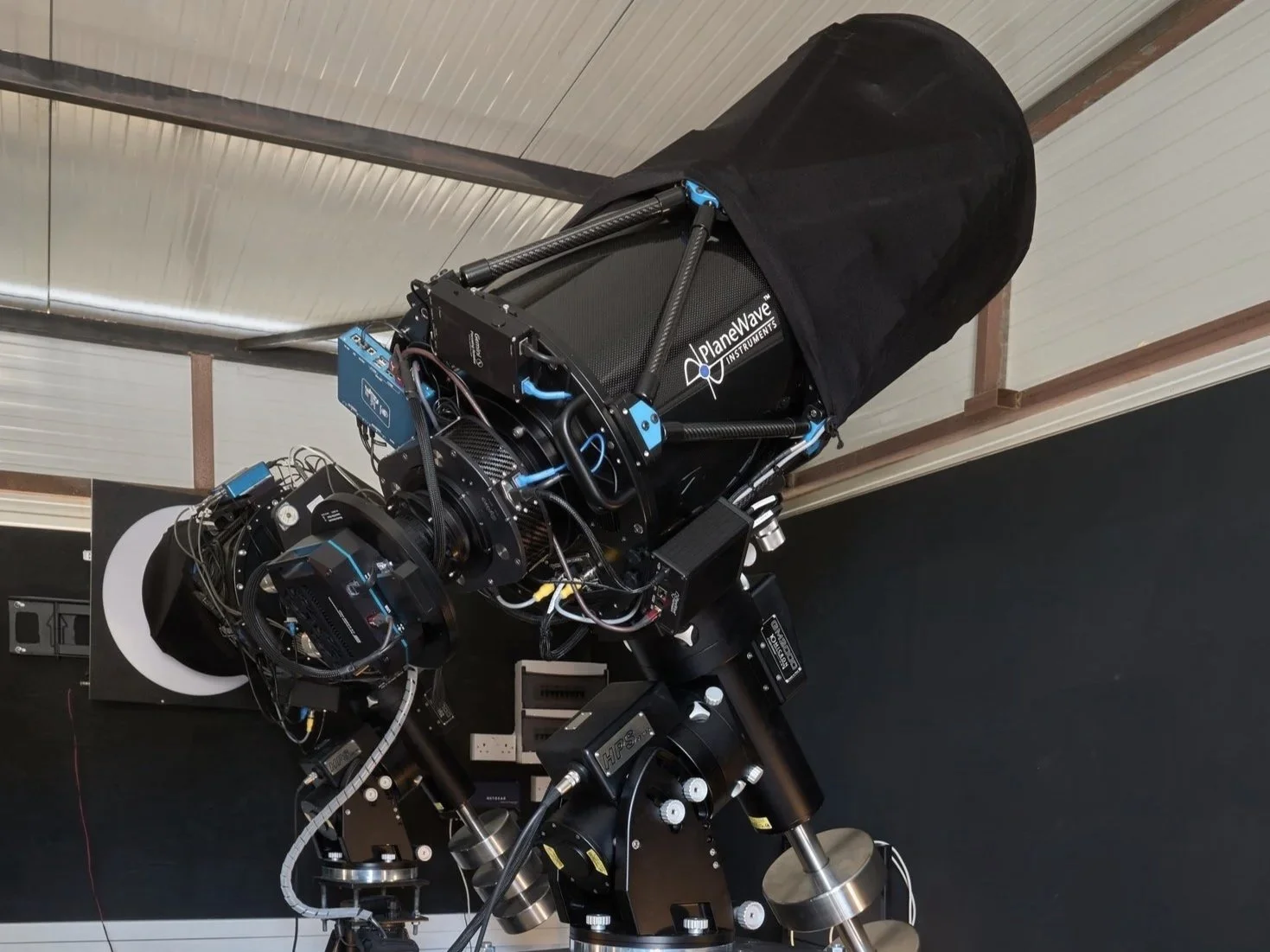
One year remote imaging
It has been just over a year since I installed one of my telescopes at a remote hosting observatory in Spain. Time to look back and making up te balance. Did it deliver on its promises?
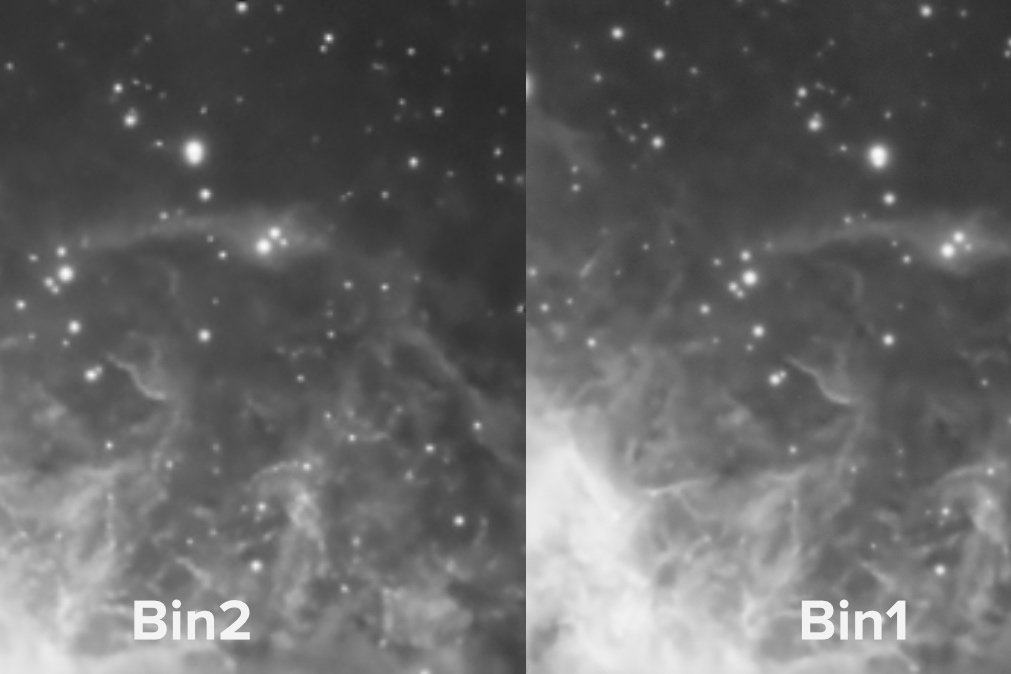
How bad is oversampling?
My system at the remote observatory is highly over-sampled. How bad is that, and does it make sense to bin the data? This blog will answer those questions, based on a recent image of the Crescent Nebula. This also allowed a comparison with historic and properly sampled data.
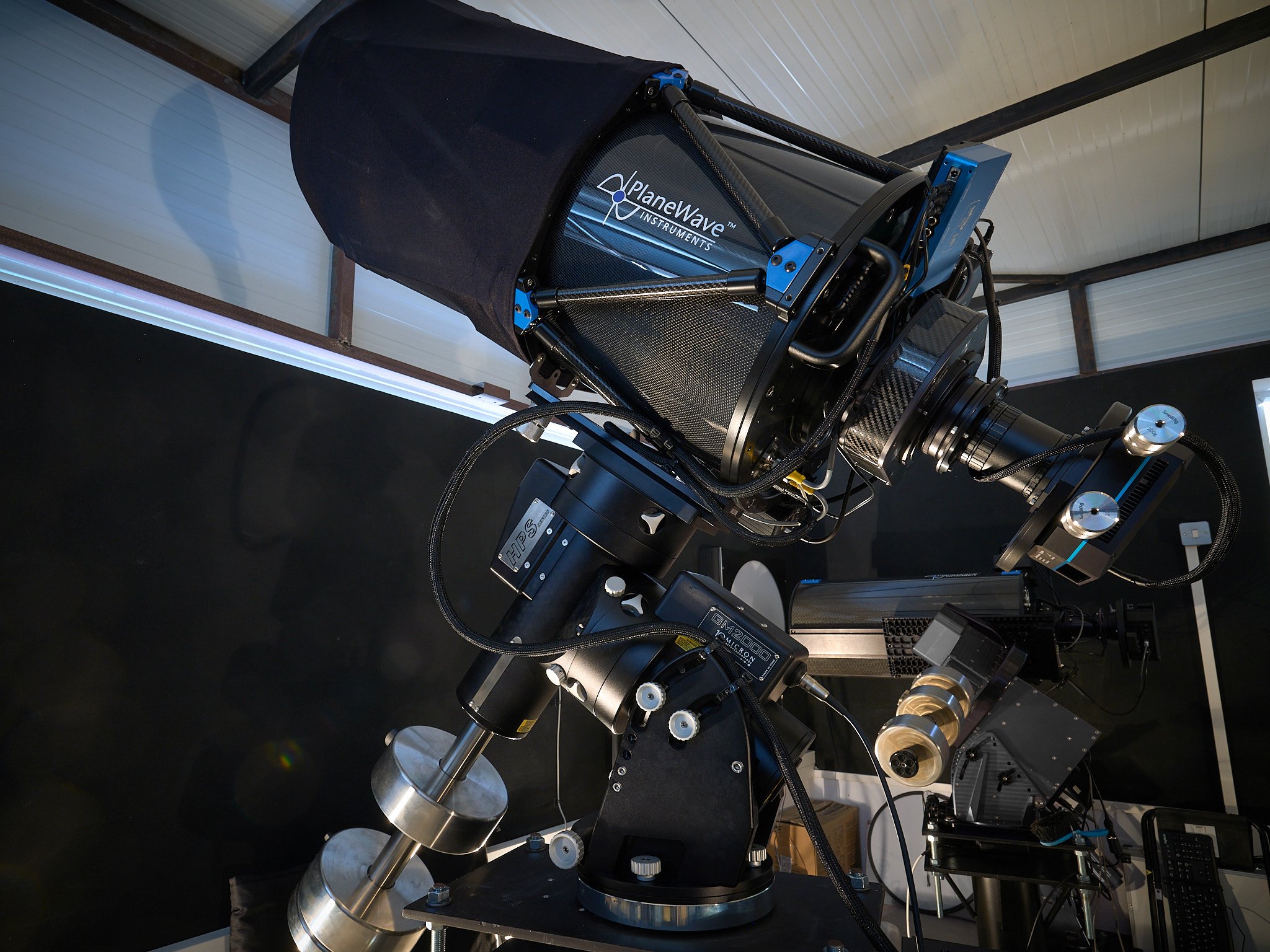
Moving to a Remote Hosting Site - Part 4: Installation
After six years of imaging from my backyard, the decision was made to move one of the rigs to a remote hosting site. In a number of blog-posts you can follow along on this journey. Part 1 is about goals, site selection and hard- and software. Part 2 is about design and remote controlling tools while in part 3 everything was put together and tested. This Part 4 is all about moving to and installation at the remote site, calibration and first light.
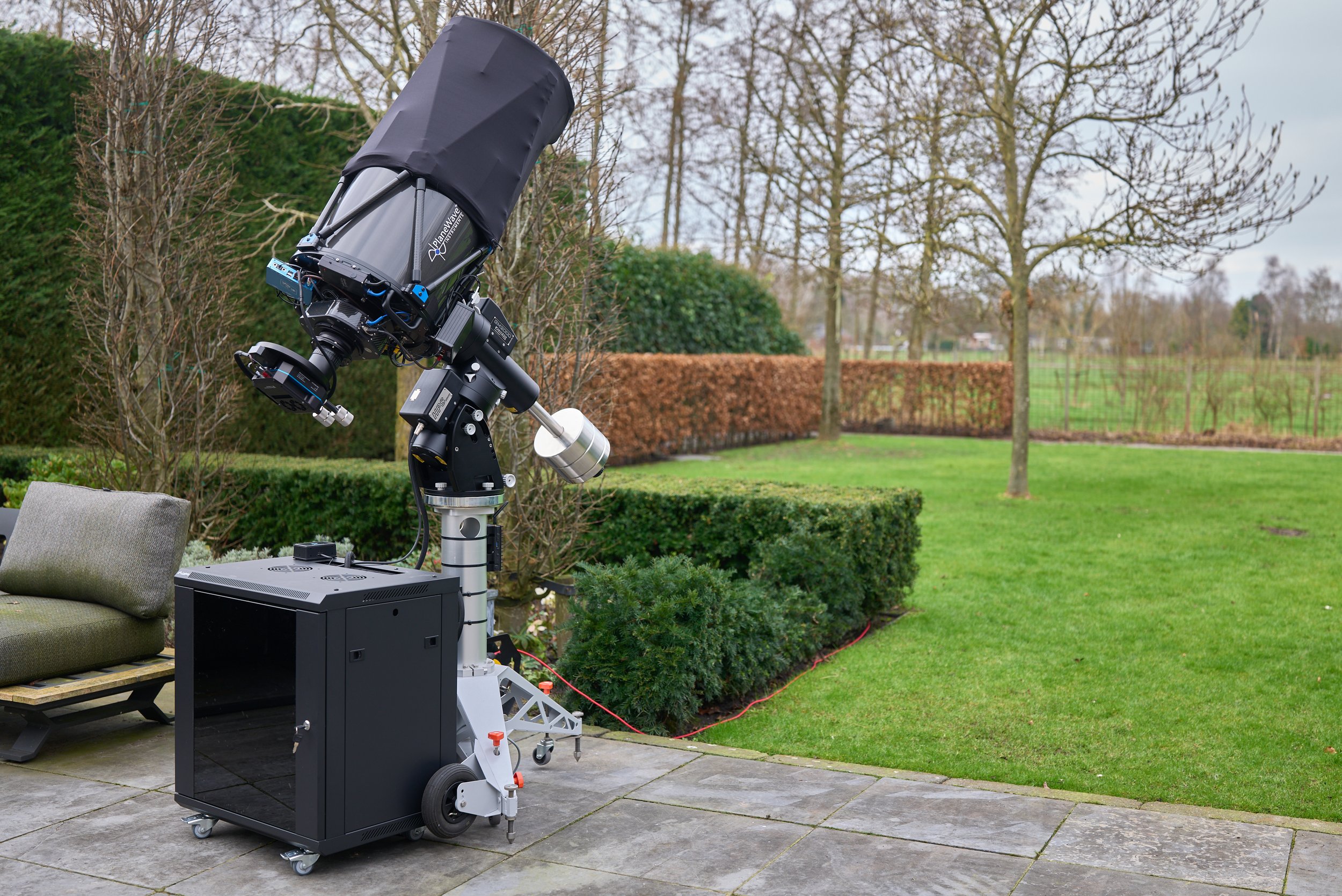
Moving to a Remote Hosting Site - Part 3: Ready to Ship
After six years of imaging from my backyard, the decision was made to move one of the rigs to a remote hosting site. In a number of blog-posts you can follow along on this journey. Part 1 described the goals, site selection and general considerations around software and hardware. Part 2 focused on the design and tools used to control the rig and how to do that remotely. Part 3 will show how everything has been built and tested. The system is now ready to be shipped.

Moving to a Remote Hosting site - Part 2: Command and Control
After six years of imaging from my backyard, the decision was made to move one of the rigs to a remote hosting site. In a number of blog-posts you can follow along this journey into the unknown. Part 1 was about goals and site selection. Part 2 describes the design and tools used to control the rig and how to do that remotely.
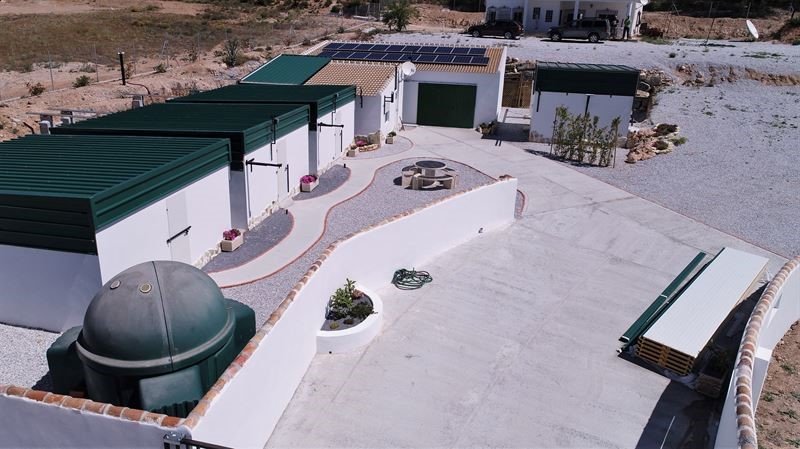
Moving to a Remote Hosting site - Part 1
After six years of imaging from my backyard, I have decided to move one of the rigs to a remote hosting site. In a number of blog-posts you can follow along on this journey. Part 1 describes the reasons behind the decision, the selection of a hosting site, goals and some higher level consequences for software and equipment.
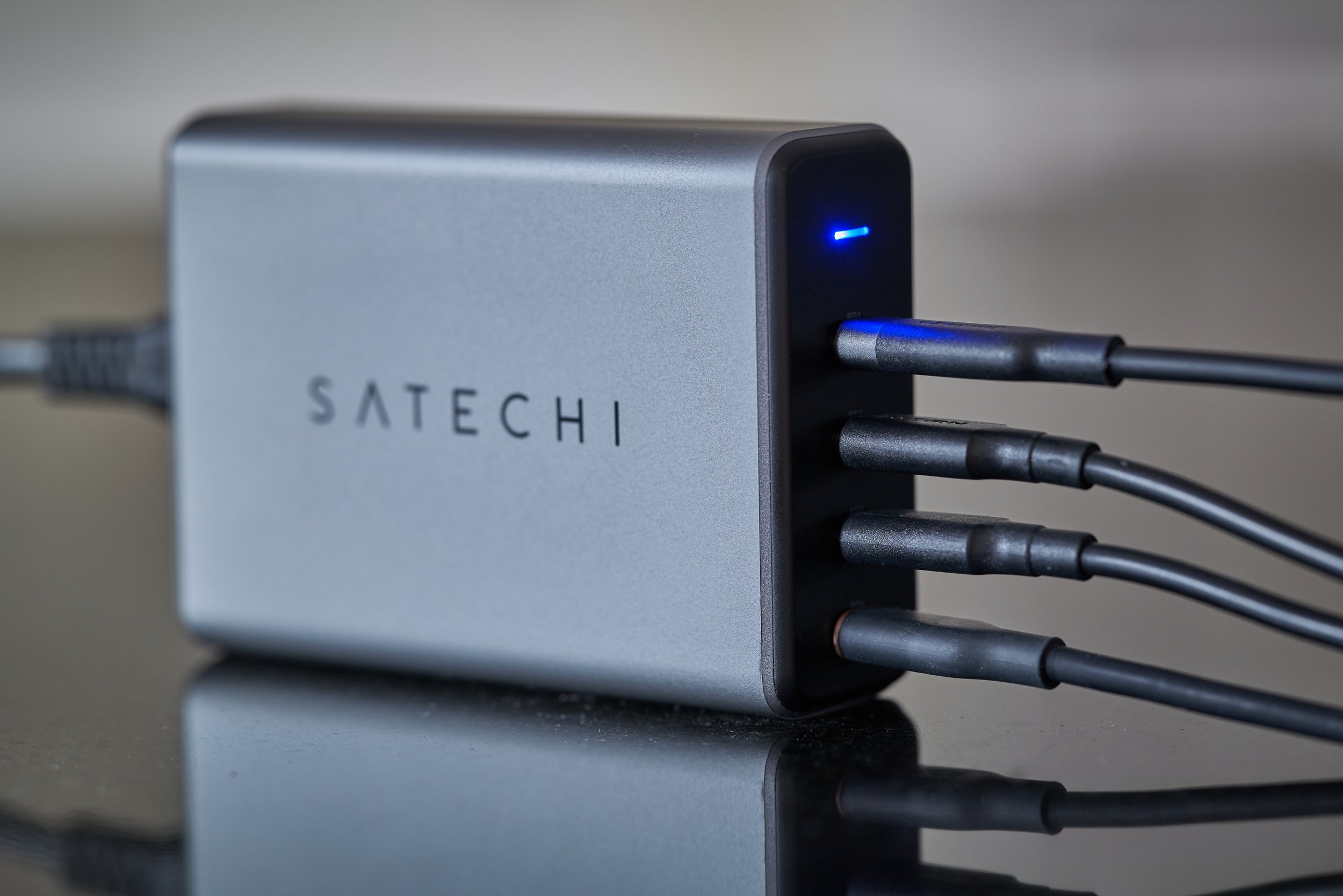
Powering your rig with USB-Power Delivery
Traditionally telescope rigs are powered using 12VDC from bricks, wall adapters and power banks. But now that USB Power Delivery has become a mainstream solution to power laptops, screens etc, would it be any good to power an astrophotography rig? In this blog we will try to find out.
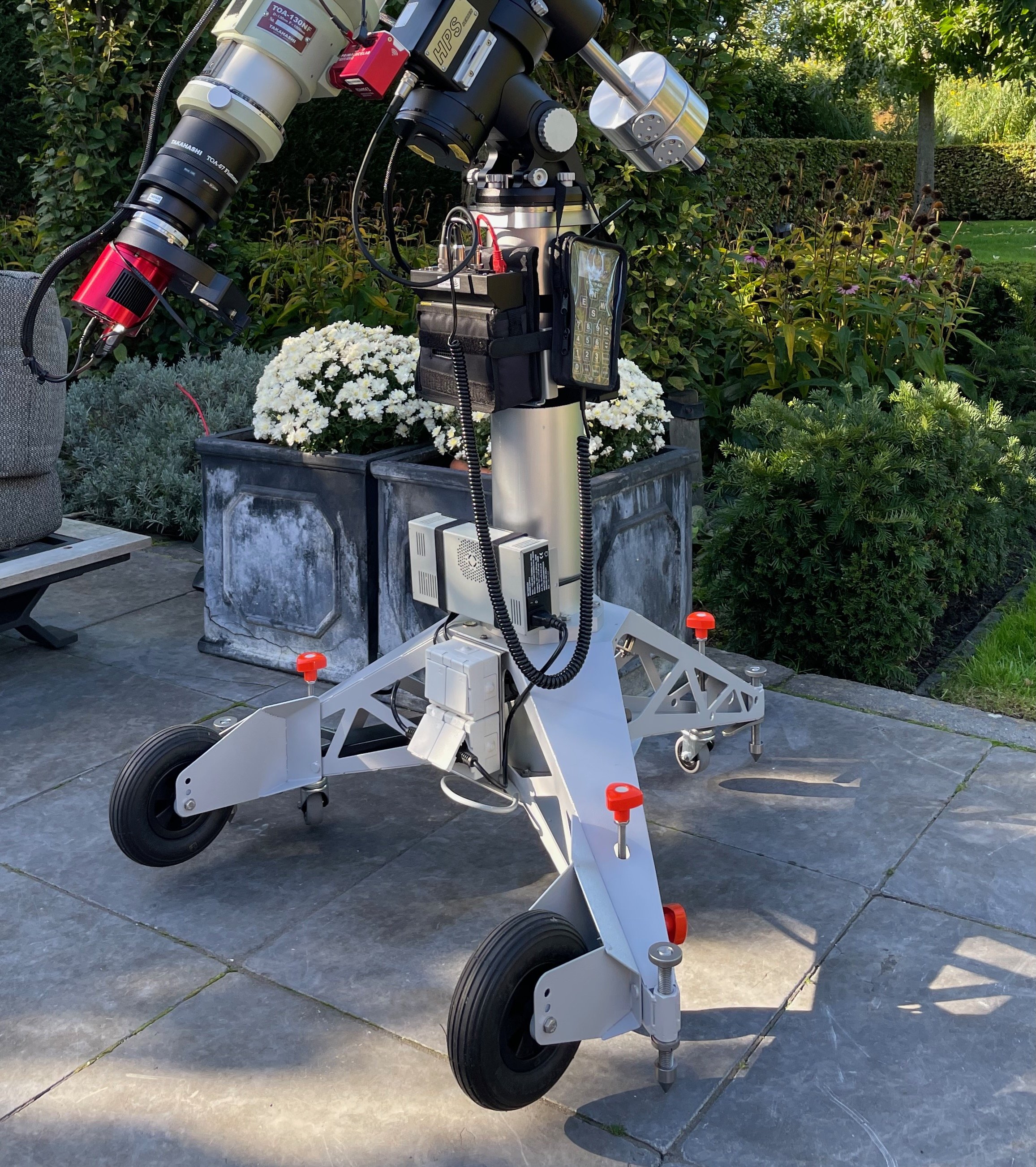
Euro-EMC S130 rolling pier review
Recently the observatory was upgraded with a rolling pier. This allows a fully assembled system to be rolled-in and rolled-out the house in a fraction of the time than before. Read here my experiences with the S130 rolling pier and how it greatly improved the efficiency and productivity.
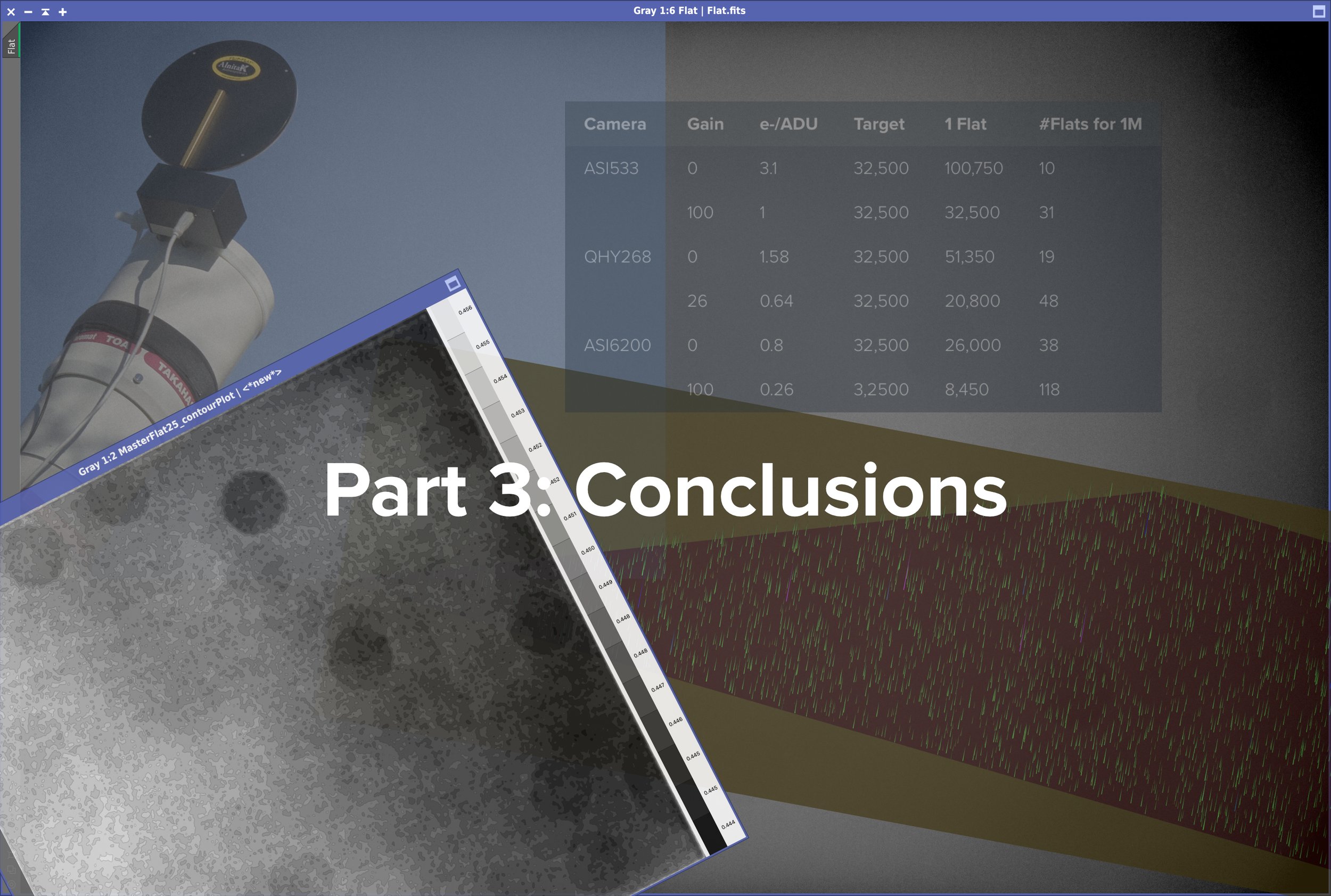
Mastering Flat Frames (3/3): Bias, Flat-Darks and Conclusions
In this third and last post in a series of articales around mastering Flat Frames, we will do a comparison between Bias and Flat-Darks. Also we will look into some topics that came up following responses to the earlier two articles. Finally a cautious attempt is made to draw some conclusions.
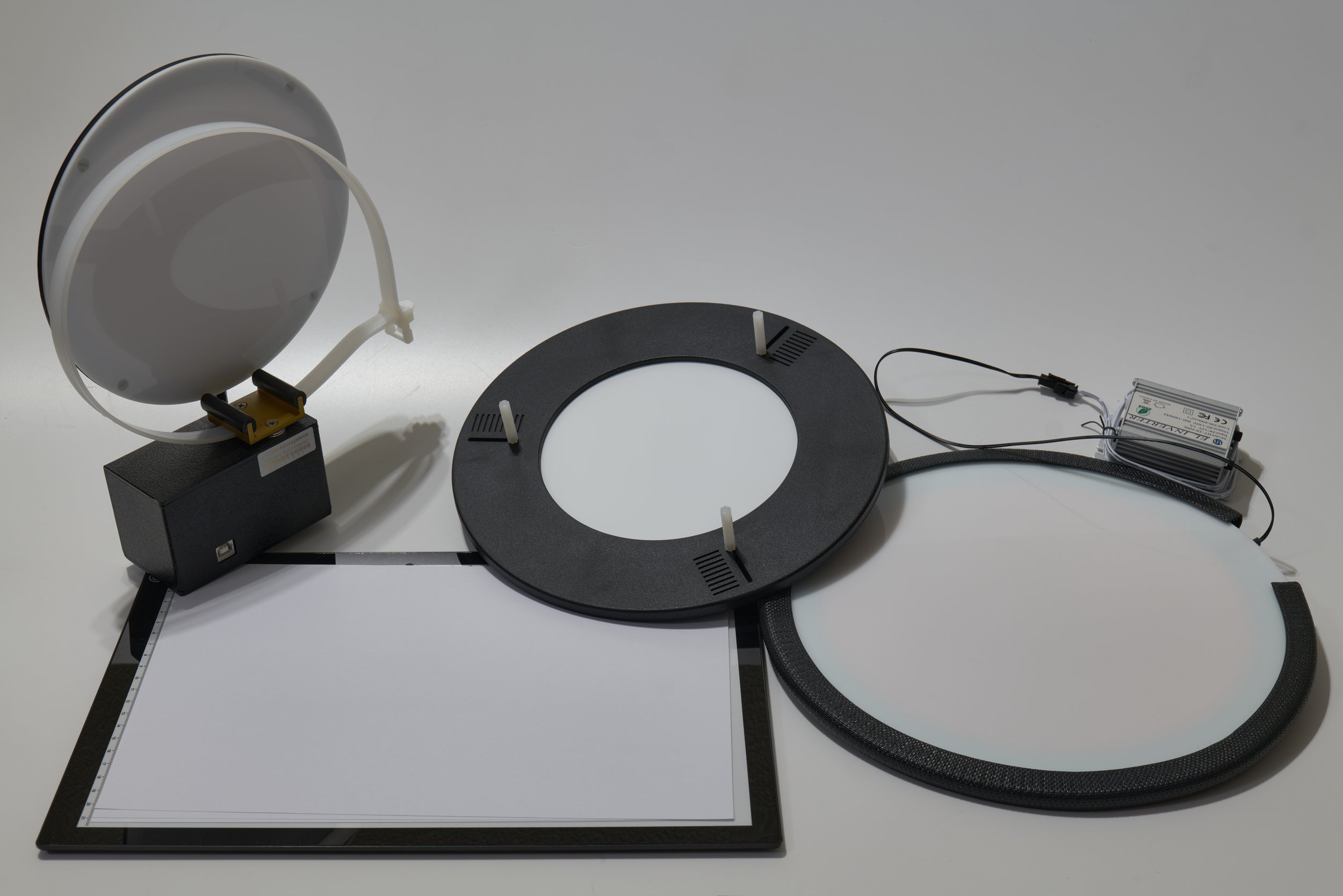
Mastering Flat Frames (2/3): Flat Panels compared
A deep dive into the topic of taking Flat frames. A series of three articles describing experiments to fully master the many aspects of taking good Flats. In this second article four Flat panels are compared and tested in a range of experiments.
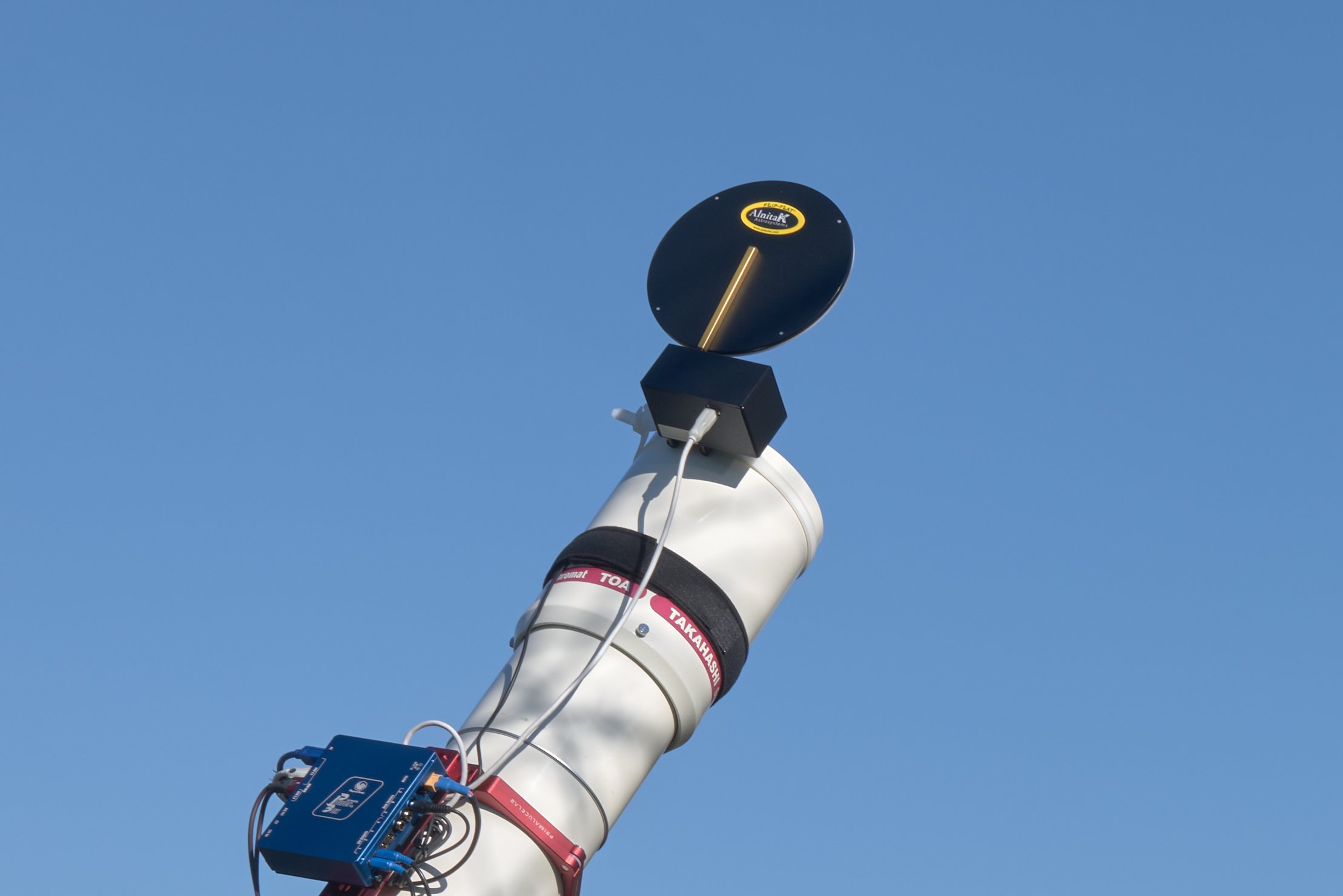
Mastering Flat Frames (1/3): Gain matching
A deep dive into the topic of taking Flat frames. A series of three articles describing experiments to fully master the many aspects of taking good Flats. This first article is about the need (or not?) of gain-matching Light and Flat frames
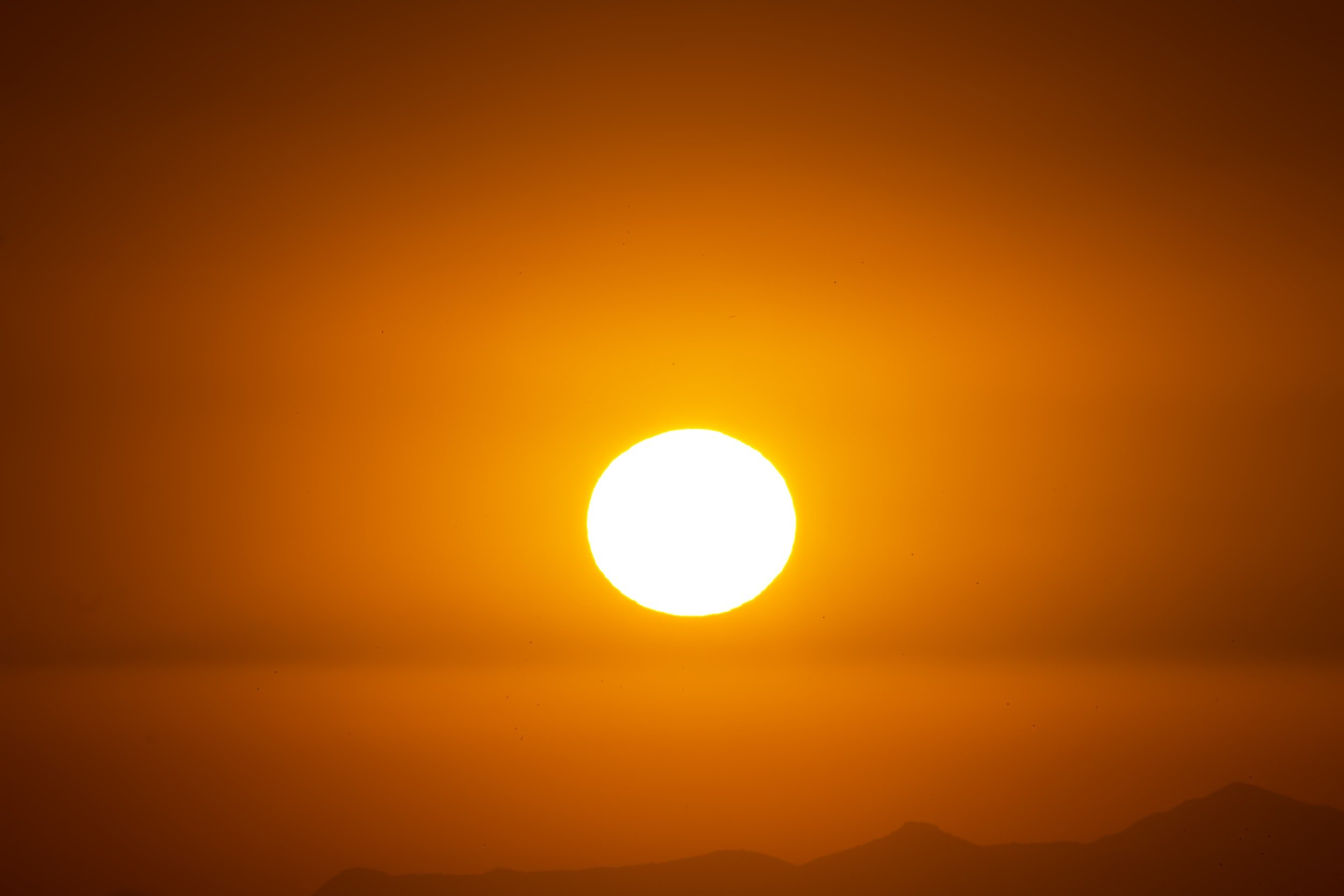
Choosing a Solar Imaging setup
Inspired by the view through a H-alpha telescope during a partial eclips, the search for a solar imaging rig started. This was more complex than anticipated. For anyone interested in solar, this blog may help understand the tools and concepts in this special field of astrophotography.
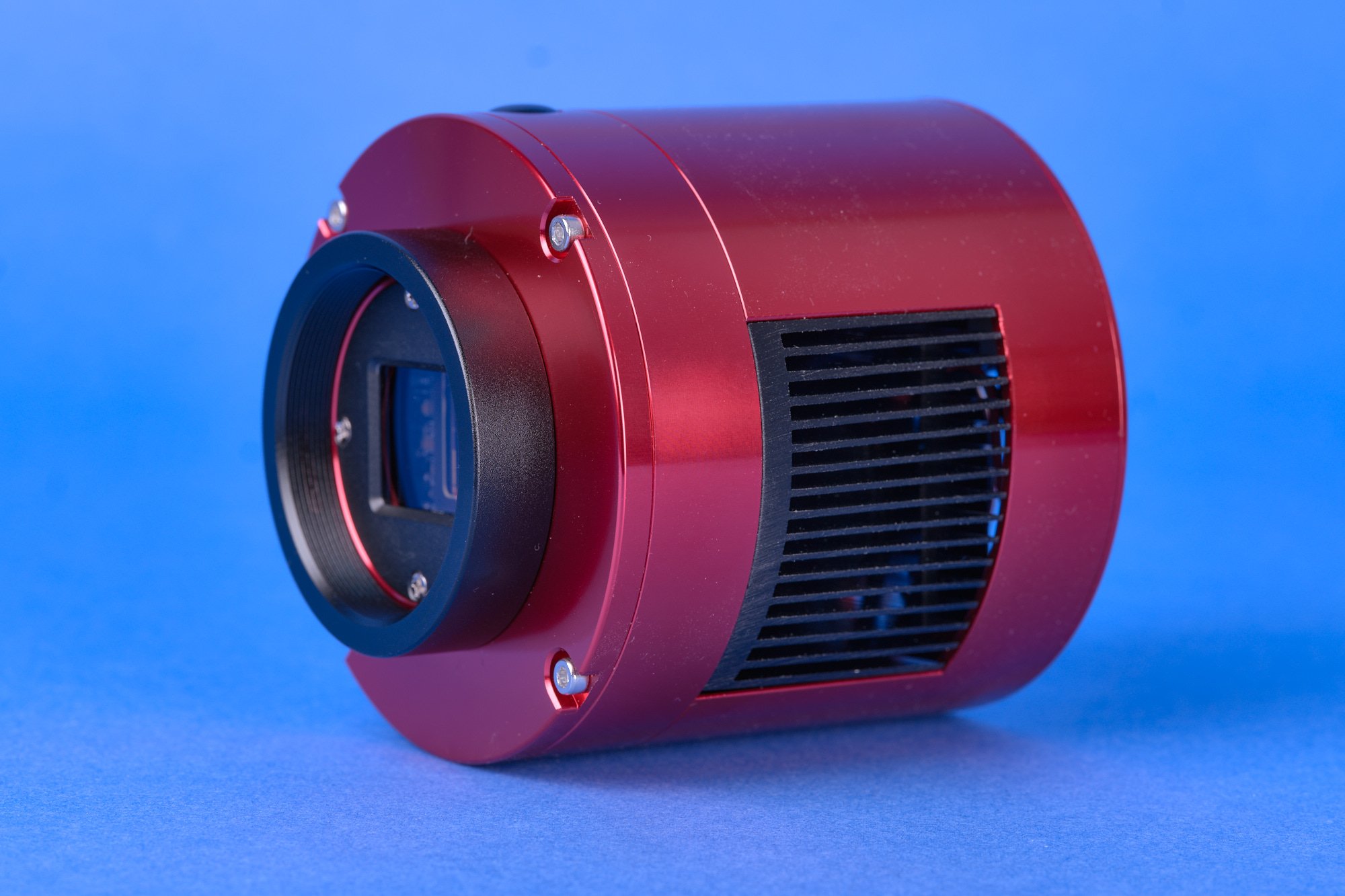
ASI533MM Pro - First Impressions
The brand new ZWO ASI533MM Pro promises the latest sensor technology in a compact body. It looks like this will be a worthy successor to the ZWO ASI1600MM Pro that has been a workhorse in the observatory for many years.
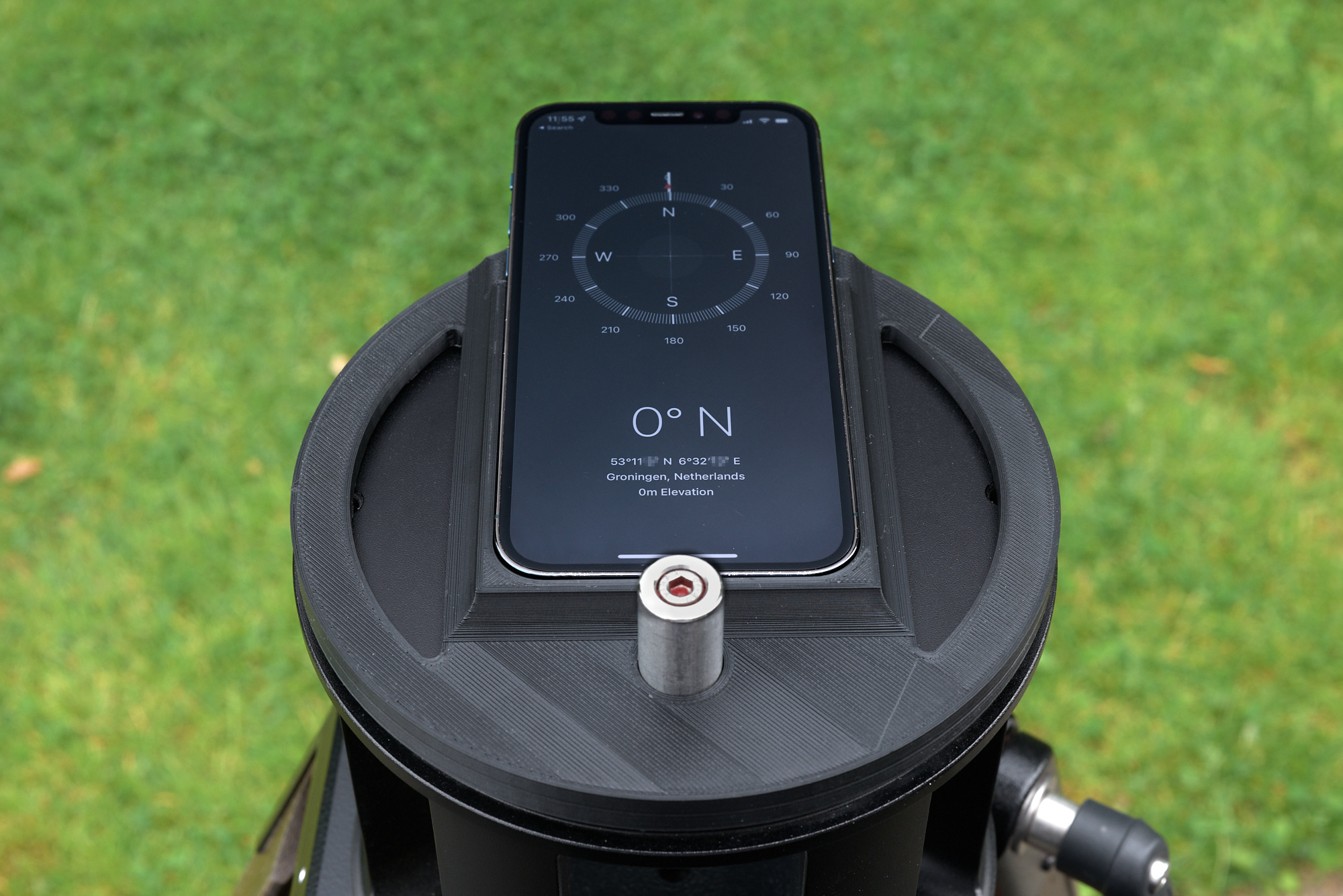
A handy pointer tool for Polar Alignment
A 3D printed pointer tool makes the rough alignment of the DEC axis to the north just that little bit easier. Those who have experienced the limits of the azimuth adjustment knobs will appreciate this simple yet practical tool to align within a degree or so without hassle.
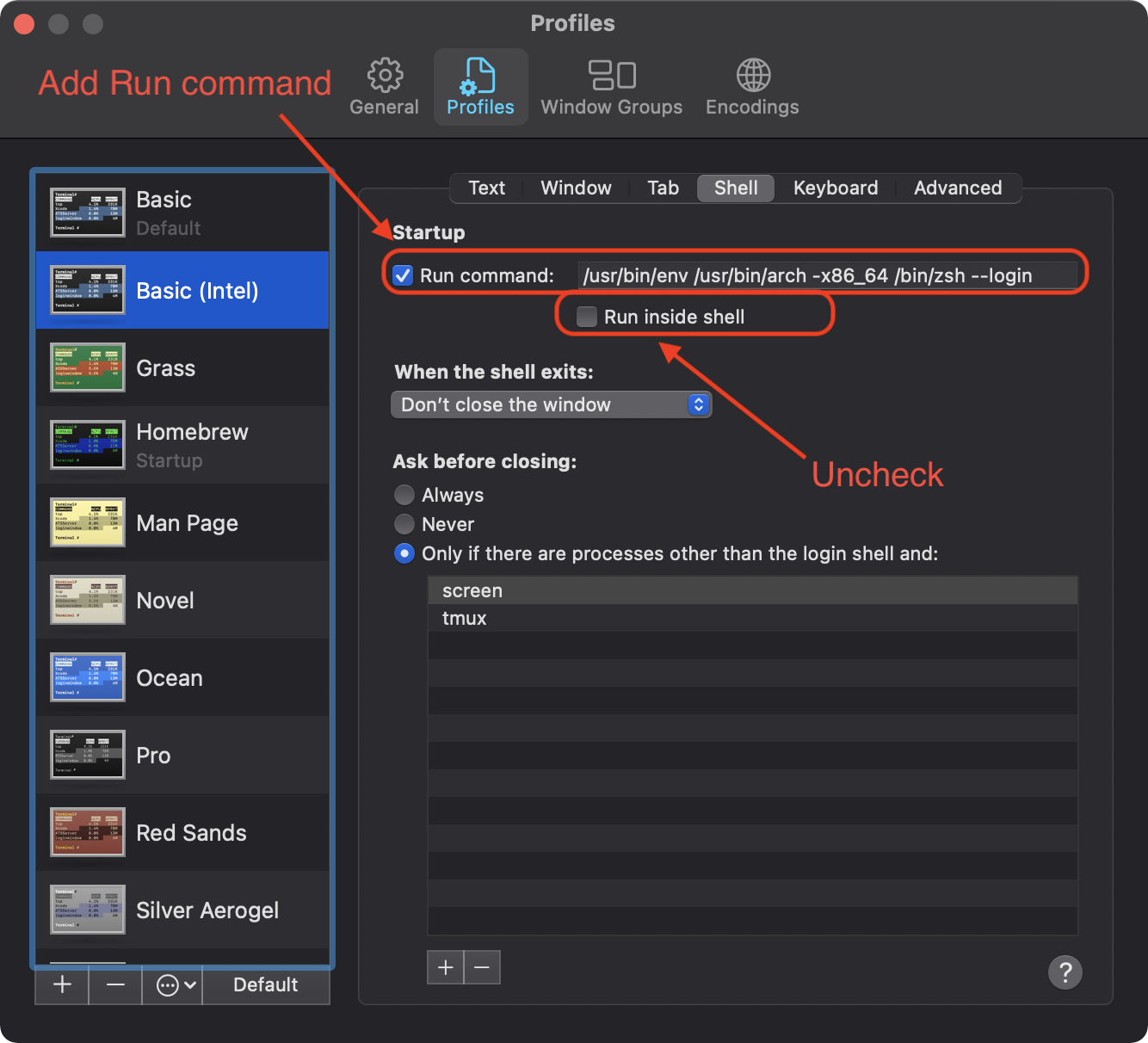
Apple Silicon and legacy command-line software
The new M1 Macs are a marvel when it comes to performance and power usage. But running legacy command-line software, such as Mountwizzard 4, can be a challenge. Luckily there is an easy workaround
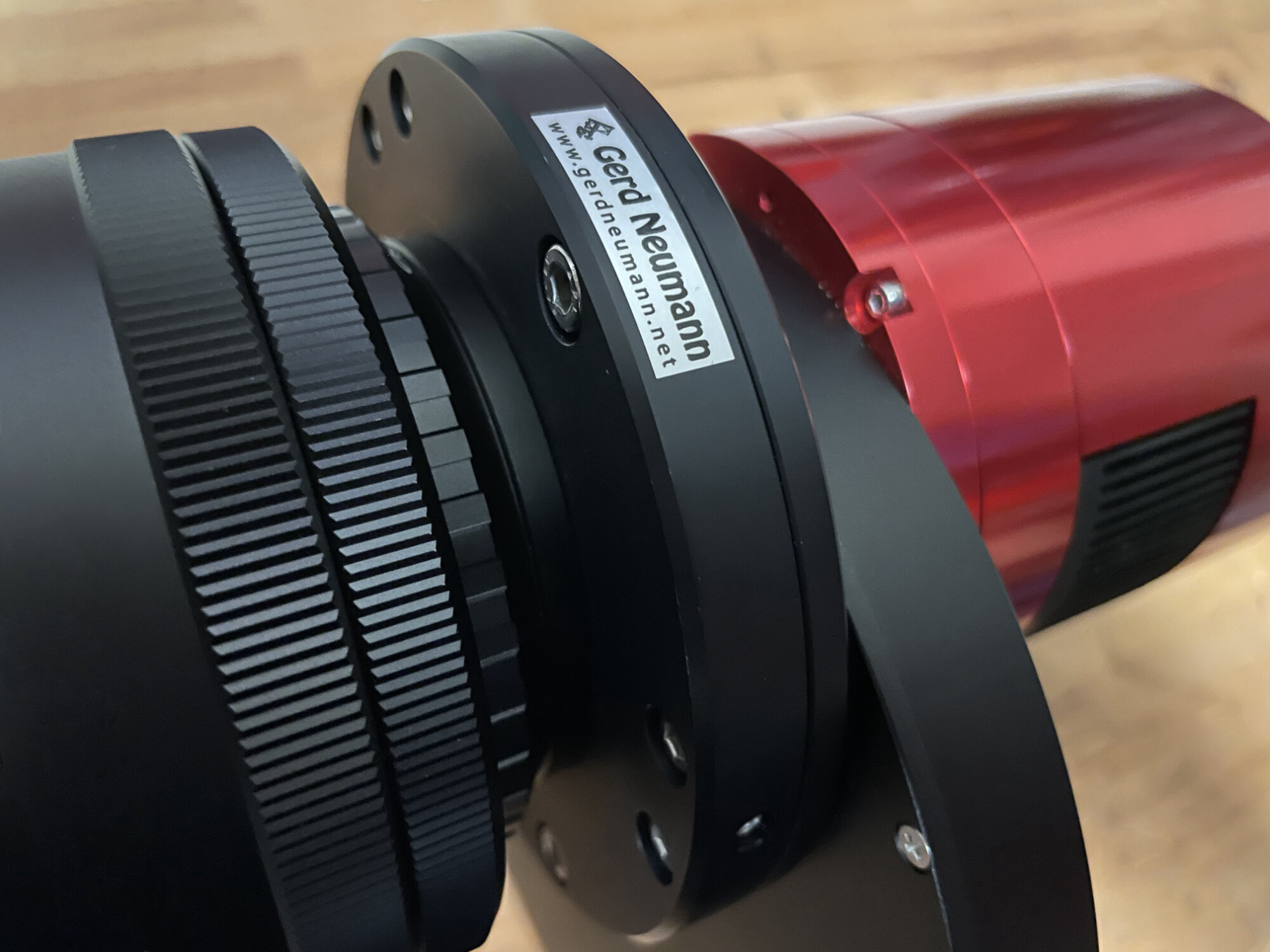
Tilt Correction with the Gerd Neumann CTU
Bigger camera sensors and faster telescopes can result in partial unsharp images due to sensor-tilt. This blog describes the installation of a Camera Tilting Unit in the optical train, with good success to eliminate the sensor tilt.

The ASI6200MM Pro - First Light
After an initial first impressions review of the new ASI6200MM Pro camera, weather situations were finally allowing some proper imaging. Read how the real-world experience with this camera has been during its First Light (spoiler alert: very good).
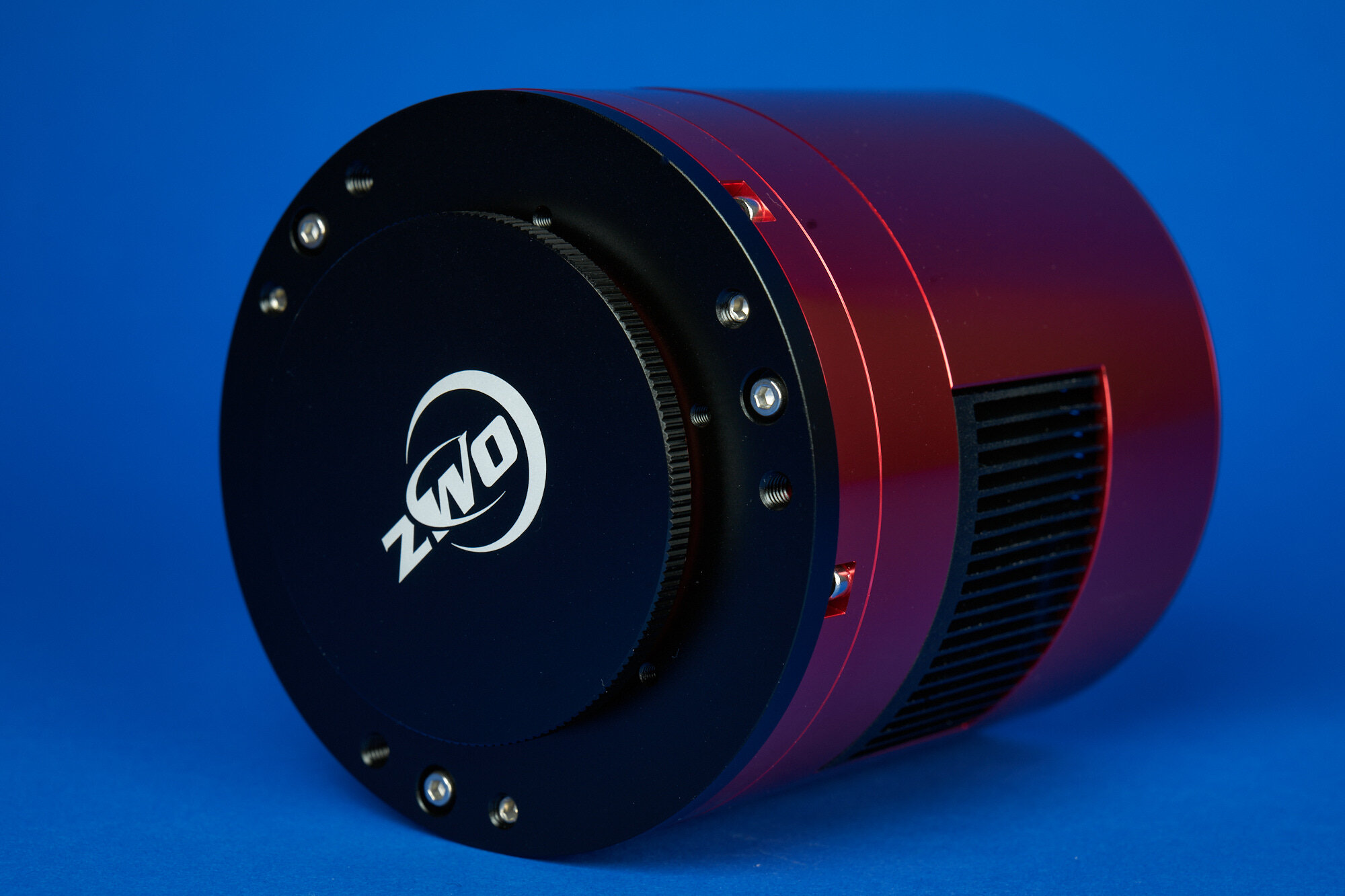
ASI6200MM Pro - First Impressions
The observatory has been upgraded with the ASI6200MM Pro full frame camera. In this blog you can read first impressions, and of course a first light image.
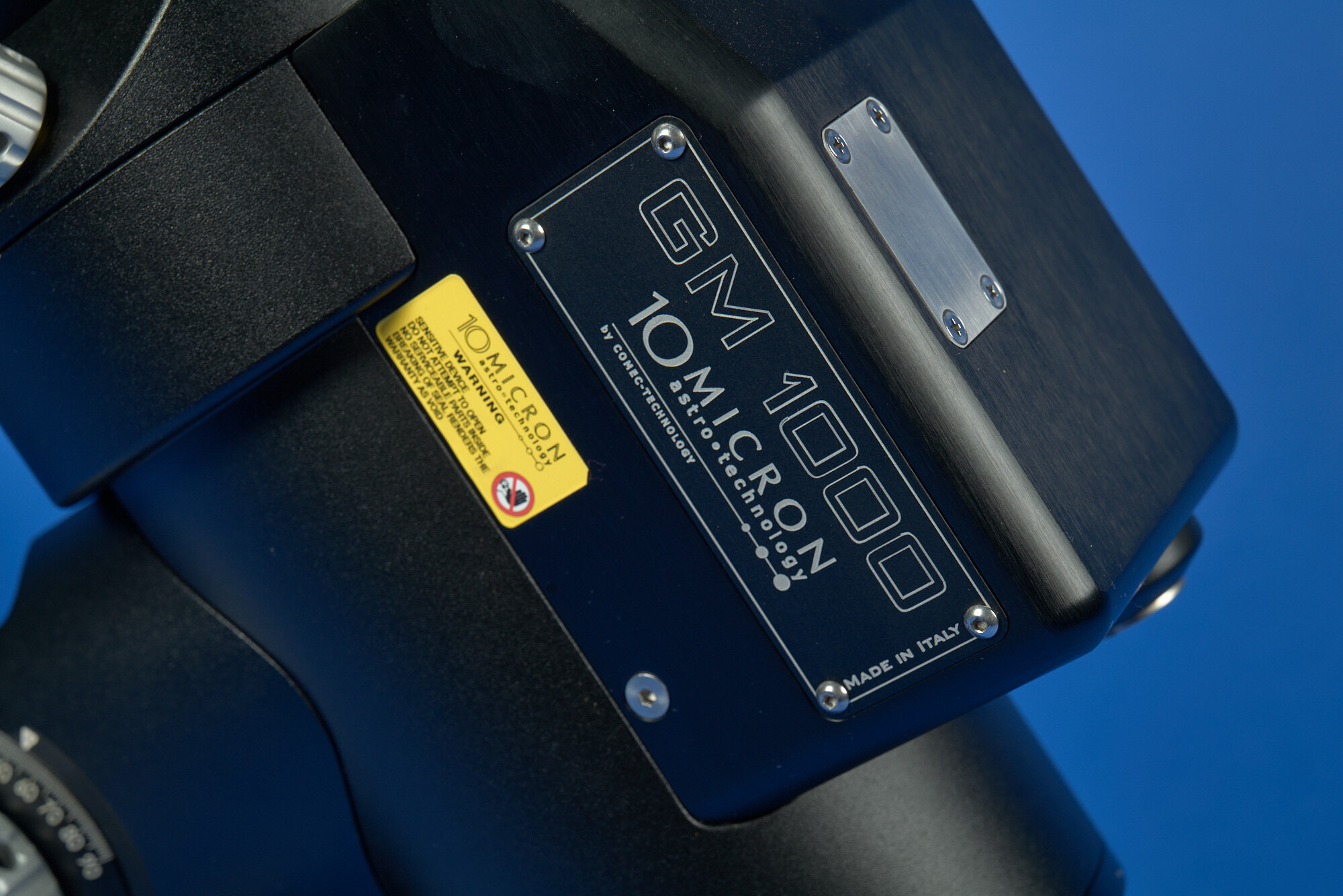
Updating UTC/Earth rotation data
Approximately twice each year, the 10Micron mounts need to be updated with new data on UTC/Earth rotation. This is a simple process, but with some counterintuitive steps. This blog describes in three simple steps how to perform the update.
